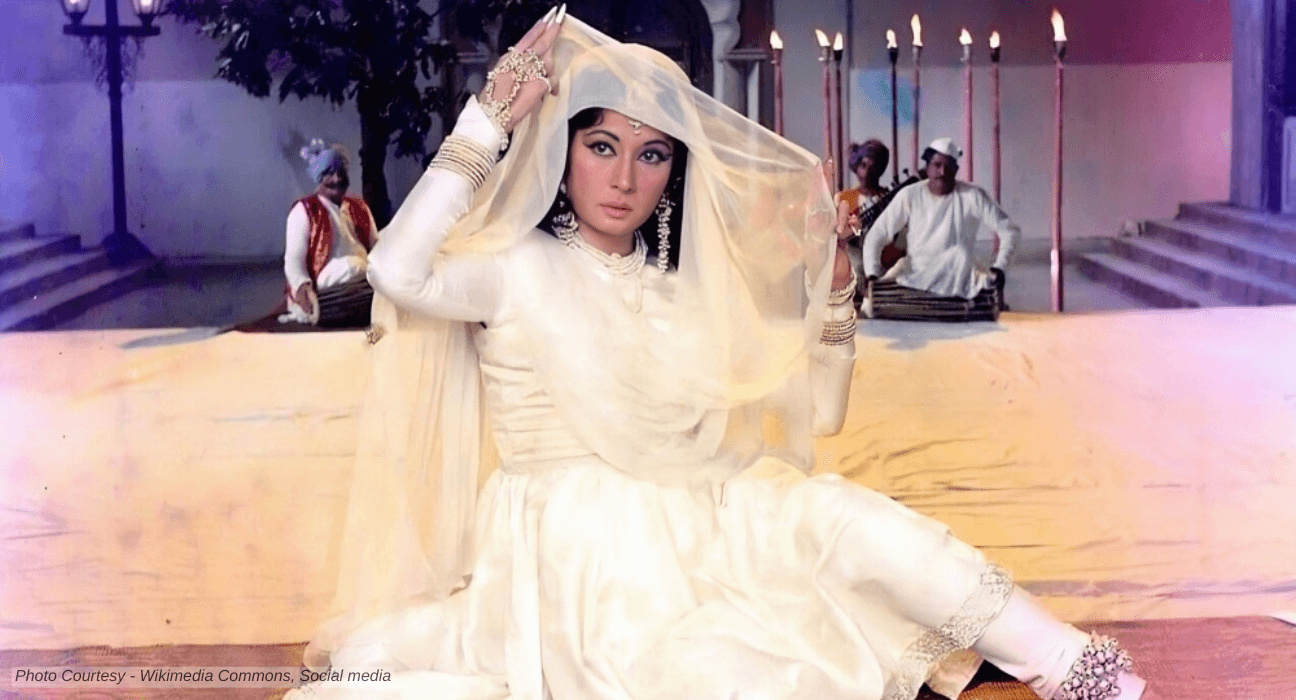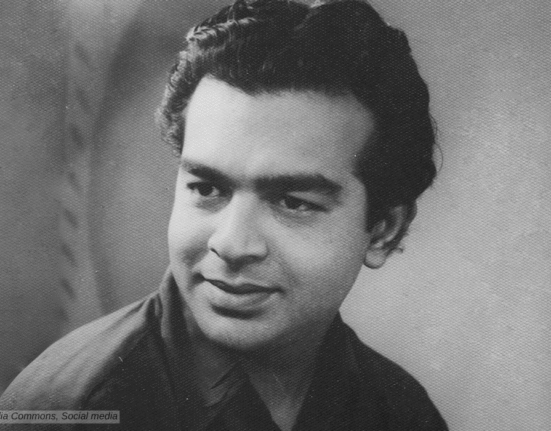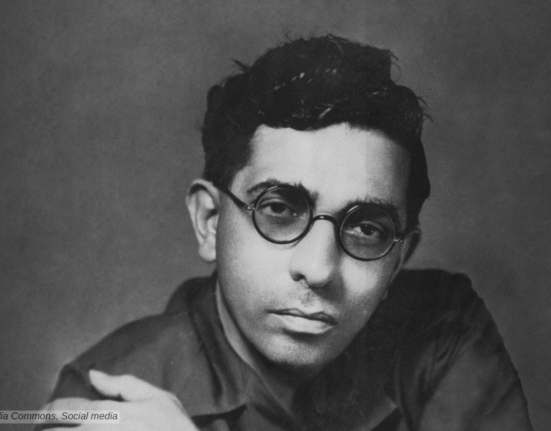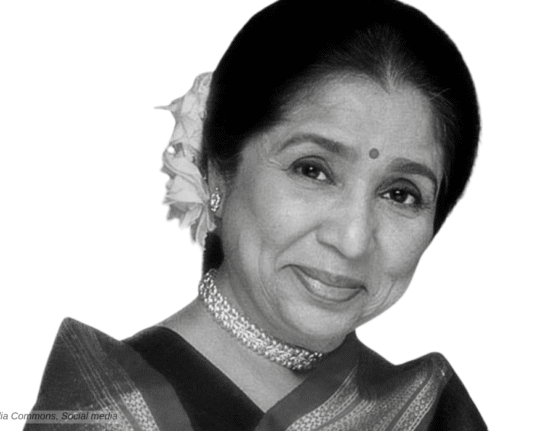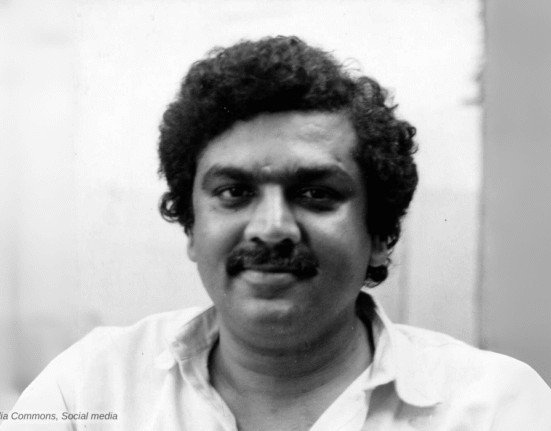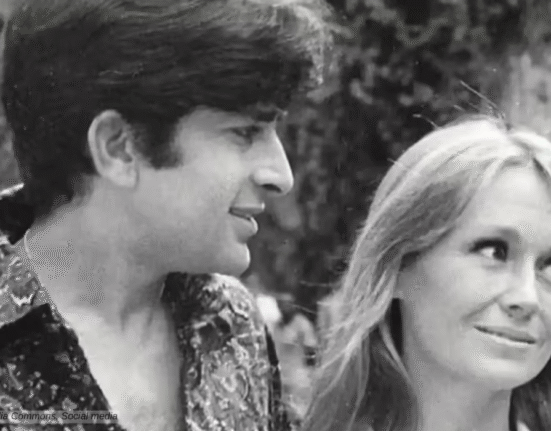In the realm of Indian cinema, there exists a shining jewel of great beauty. A film that transcends time and space and leaves a permanent impact on the hearts of “cinephiles—”Pakeezah.” This magnum opus stands not only as proof of the artistic genius of Kamal Amrohi. It is a testament to the ethereal grace of Meena Kumari. But above alll it is a monument to their own tragic story, filled with misunderstandings, ego clashes, sufferings and heartbreak.
From the first frame of “Nargis” dancing in a dimly lit hall to the last, where a girl is longingly staring at the doli of “Sahibjaan.” “Pakeezah” is a visual symphony that sweeps the audience into a world of unparalleled opulence and profound emotion.
The films mesmeries the viewers in every area of note. The grandeur of the sets, the intricate detailing of the costumes, and the meticulous attention to every frame are a testament to the dedication and passion that Kamal Amrohi poured into this project.
Meena Kumari as Sahibjaan
Meena Kumari, the epitome of grace and talent, brings to life the character of Sahibjaan. The depth of emotions she reached in her performance is nothing short of extraordinary. Her eyes, often described as the windows to her soul, were tools of her artistry. They convey a myriad of emotions—love, longing, heartbreak, and ultimately, a poignant acceptance of her destiny. Her portrayal is a testament to her unparalleled artistry and a fitting culmination to a legendary career.
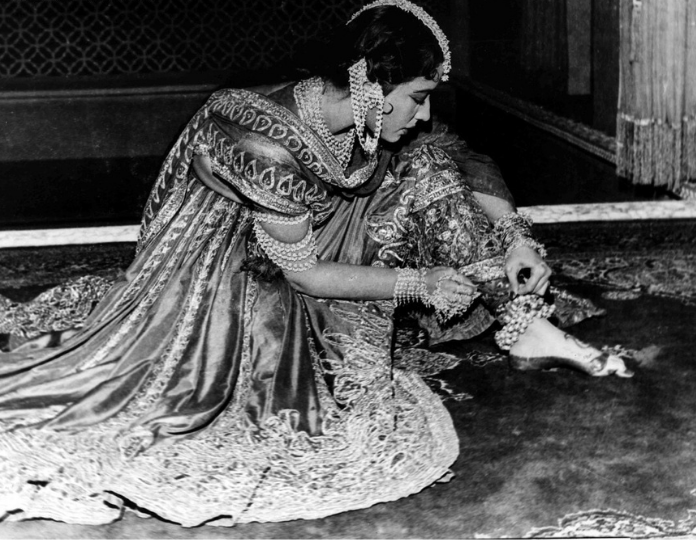
The mesmerizing dance sequences in “Pakeezah” have a journey of their own, starting from the carefree dance of Nargis to the playfulness of “Inhin Logon ne” to the “ada and nakhra” of “Thade Rahiyo,” slowly translating into a haunting feeling in “Chalte Chalte.” Every song represents a chapter of SahibJaan’s life, which climaxed in “Teer-e-Nazar Dekhenge.” The background songs act as a transition between the phases of her life.
In these dances, each step and each gesture is a testament to Meena Kumari’s prowess as a performer, but more importantly, it is an embodiment of Sahibjaan’s journey—from the carefree naach girl to the tragic courtesan, bound by the chains of societal norms.
The ‘Chalte Chalte’ sequence is a visual poem, capturing the essence of Sahibjaan’s poignant narrative, her heartbreaking journey through life’s vicissitudes.
Josef Wirsching’s lens captures the grandeur of the courtesan’s world with a reverence that borders on the divine. The play of light and shadow transports the viewer into a realm of poetic fantasy. The ornate detailing of the sets somehow reflects the sad beauty of Sahibjaan. The exquisite framing of each shot evokes a sense of otherworldly beauty and makes the random frame a painting itself.
The Music of Pakeezah
The songs of “Pakeezah” are not just melodies; they are heartbeats that pulse through the veins of the narrative. Whether it’s the hauntingly evocative ‘Chalte Chalte’ or the soul-stirring ‘Inhi Logon Ne,’ Ghulam Mohammed’s music, combined with Kaifi Azmi’s lyrics, elevates the film to a realm of transcendental artistry. Lata Mangeshkar’s voice, intertwined with the pathos of Sahibjaan’s story, lingers in the soul long after the credits roll.
As the final act of Kamal Amrohi’s and Meena Kumari’s intertwined destinies, “Pakeezah” stands as a testament to the power of cinema to encapsulate raw human emotion. It is a cinematic marvel that transcends generations, an ode to love, sacrifice, and the enduring quest for purity in a world stained by imperfections.

In the luminous world of “Pakeezah”, Kamal Amrohi and Meena Kumari immortalized their love-hate-love story. The left behind a legacy that continues to touch hearts and inspire artists to this day. It is a legacy of undying passion, a testament to the eternal beauty of their souls, forever preserved on celluloid.
Pakeezah on IMDB


